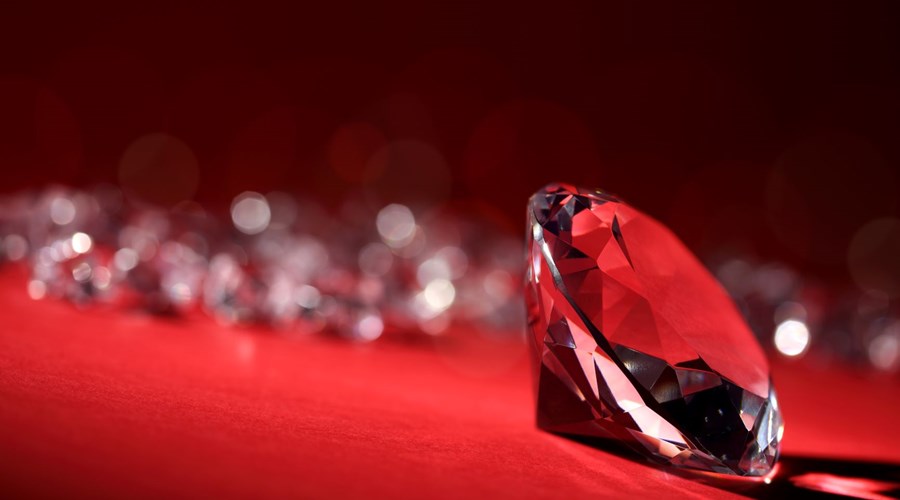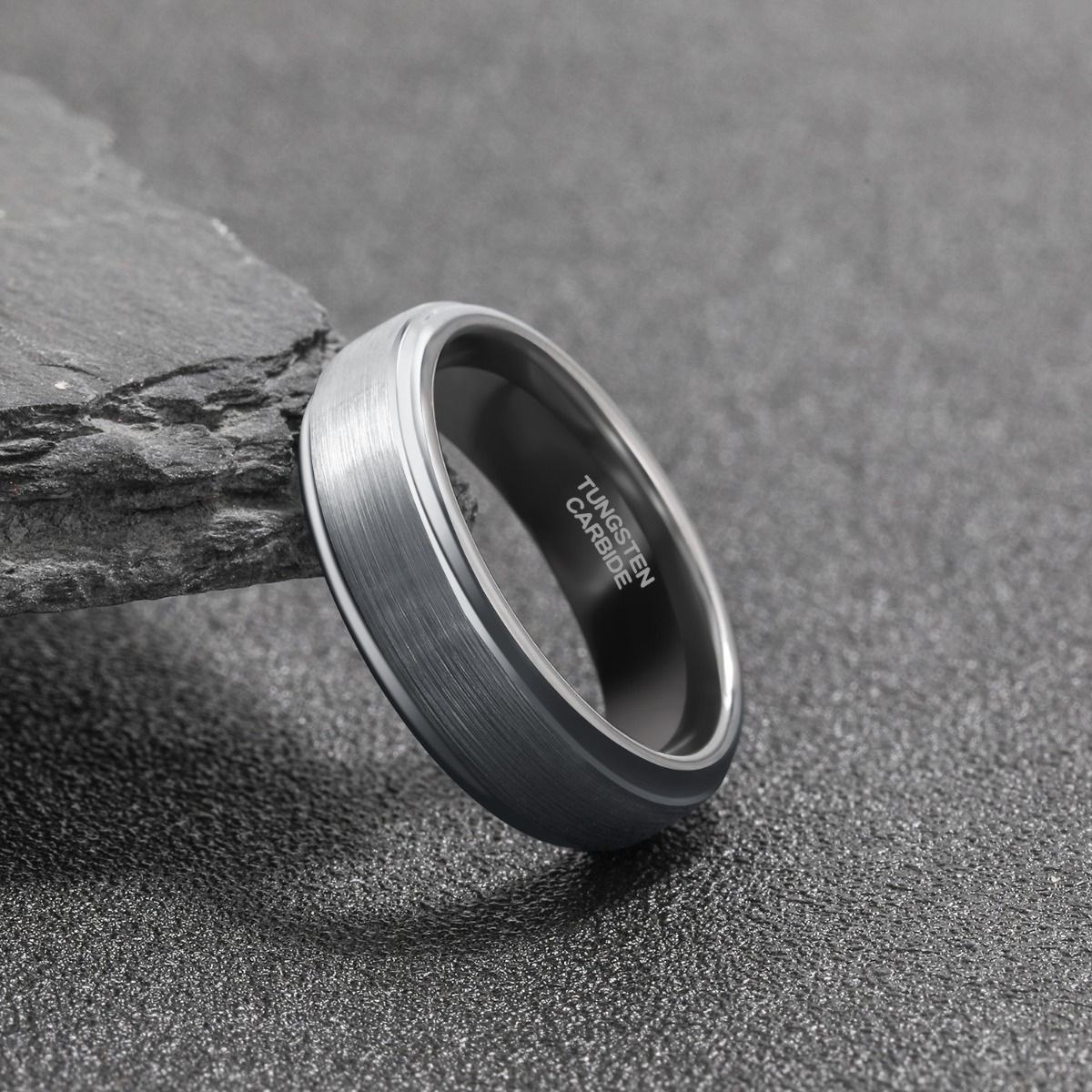Biological Features
The body lengthens, grows deeper with age, spawning males with a little hump. Tip of the upper jaw that reaches far behind the eye; the muzzle and lower jaw are hooked and the teeth are enlarged in the breeding males. Gill Rakers 18-25. Pyloric Caeca 45-81. Dorsal fins iii-iv + 8-10, and a fat fin behind it; base below on the middle of the dorsal fin. Anal finrays iv-v + 12-14. Caudal fin emarginate. Moderate scales, 120-140 in lateral line. Vertebrae 61-69. Silver color, with black spots on the upper flanks, base of the dorsal fin and upper lobe of the caudal fin in adults.
Historical Background
Coho salmon farming was initially carried out around 1900 in Oregon (United States of America) as a means of improving commercial fishing and then mitigating the impact of human activities such as dam construction and habitat degradation. In 1969, the National Marine Fisheries Service started marine cage culture in the Puget Sound of Washington State (United States of America), followed in 1970 by a pilot project on a public-private commercial scale. This successful project spurred the development of a commercial farming company that in the mid-1980s produced more than 3,000 tonnes / year of ‘pan-sized’ coho salmon (0.35 kg) in floating cages.
The first successes in North America were soon followed by the development of marine salmon farming in Chile. Coho production increased from about 1 ton in 1981 to 7,000 tons in the decade, and to over 90,000 tons in the late 20th century.
Today, minor producers include Japan and Canada, while production in North America, limited by local opposition, the lack of suitable sites for marine agriculture, and falling market prices, has almost ceased.

The coho salmon stocks currently used in aquaculture were derived from government farming programs in the United States of America and Canada, but most countries now depend on local sources. Until recently, most broodstock were sourced from normal production stocks. There are some breeding programs that try to improve productive traits through directional selection. A notable example is Domsea’s Coho salmon farming stock, which has been intensively managed since 1977 with the aim of improving economically important production traits.
Fattening Techniques
Coho salmon is ready to transfer to marine farms when parr marks (large vertically oriented pigment bars in a row along the lateral line of juvenile salmon) are no longer visible and after water tolerance tests of Sea verify that smoltification is complete. After sorting to remove smaller fish, the smolts are placed in specialized transfer tanks and transported by road or by ship.
Fattening at sea takes place in cages consisting of large networks suspended from floating structures anchored to the sea floor. The structure of the floating cage can be square or circular, and is made of polyethylene or high-density steel. Producers generally use circular plastic cages 25–30 m in diameter or square steel cages (25 m x 25 m), from which nets 16–18 m deep are suspended. Usually several cages are grouped together to form a ‘marine farm’ or ‘sea’. Cage systems can also be completely surrounded by additional nets to protect them from predatory marine mammals.
Marine farm locations are selected based on the station’s water temperature profile, dissolved oxygen content, salinity, depth, and current speed; exposure to storms; presence of harmful algae and diatoms; proximity to other farms; and in accordance with local regulations. Coho salmon tolerate a wide range of ocean conditions, but grow best when temperatures range from 9-15 ° C, and water currents are sufficient to disperse debris and provide a continuous supply of well-oxygenated water. Storage densities at harvest should not exceed 8–12 kg / m³.
Coho salmon remain in seawater for 10 to 12 months and are harvested after reaching 2.5 to 3.5 kg. Best management practices dictate that a marine farm should contain only one year of fish class. This practice reduces the risk of disease transmission to incoming smolts.
About Sammy
Featured
Dazzling Cleaning: Tips for Achieving Sparkling Results
By: sammyIntroduction Cleaning – it's a chore we all face, but…
Top
How to Find Best Hospital Bed
By: sammyHospital bed Toronto are designed to produce the foremost warmth,…
Hot Post
Believing These 9 Myths About [pii_email_0d0109a26f84744098ea] Keeps You From Growing
By: sammyLooking for [pii_email_c49927154fe424445f79] mistake arrangement? Here you will discover a few guidelines…











:max_bytes(150000):strip_icc()/white-sapphire-diamond-wedding-rings-Jacob-Huizar-Rich-Kid-Media2-2d4e75411df1452eafecaa3c6f02d2d4.jpg)








